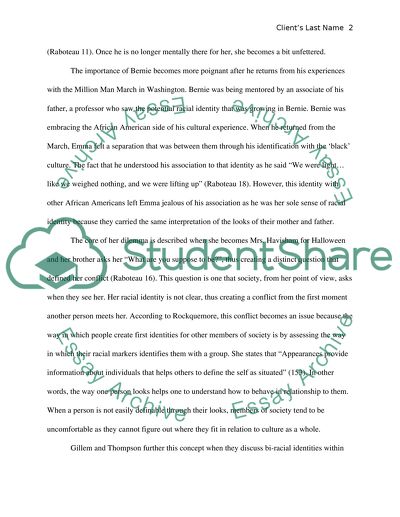Cite this document
(“Emma: Portrait of Racial Confusion through Biracial Experience Essay”, n.d.)
Emma: Portrait of Racial Confusion through Biracial Experience Essay. Retrieved from https://studentshare.org/miscellaneous/1567853-emma-portrait-of-racial-confusion-through-biracial-experience
Emma: Portrait of Racial Confusion through Biracial Experience Essay. Retrieved from https://studentshare.org/miscellaneous/1567853-emma-portrait-of-racial-confusion-through-biracial-experience
(Emma: Portrait of Racial Confusion through Biracial Experience Essay)
Emma: Portrait of Racial Confusion through Biracial Experience Essay. https://studentshare.org/miscellaneous/1567853-emma-portrait-of-racial-confusion-through-biracial-experience.
Emma: Portrait of Racial Confusion through Biracial Experience Essay. https://studentshare.org/miscellaneous/1567853-emma-portrait-of-racial-confusion-through-biracial-experience.
“Emma: Portrait of Racial Confusion through Biracial Experience Essay”, n.d. https://studentshare.org/miscellaneous/1567853-emma-portrait-of-racial-confusion-through-biracial-experience.


